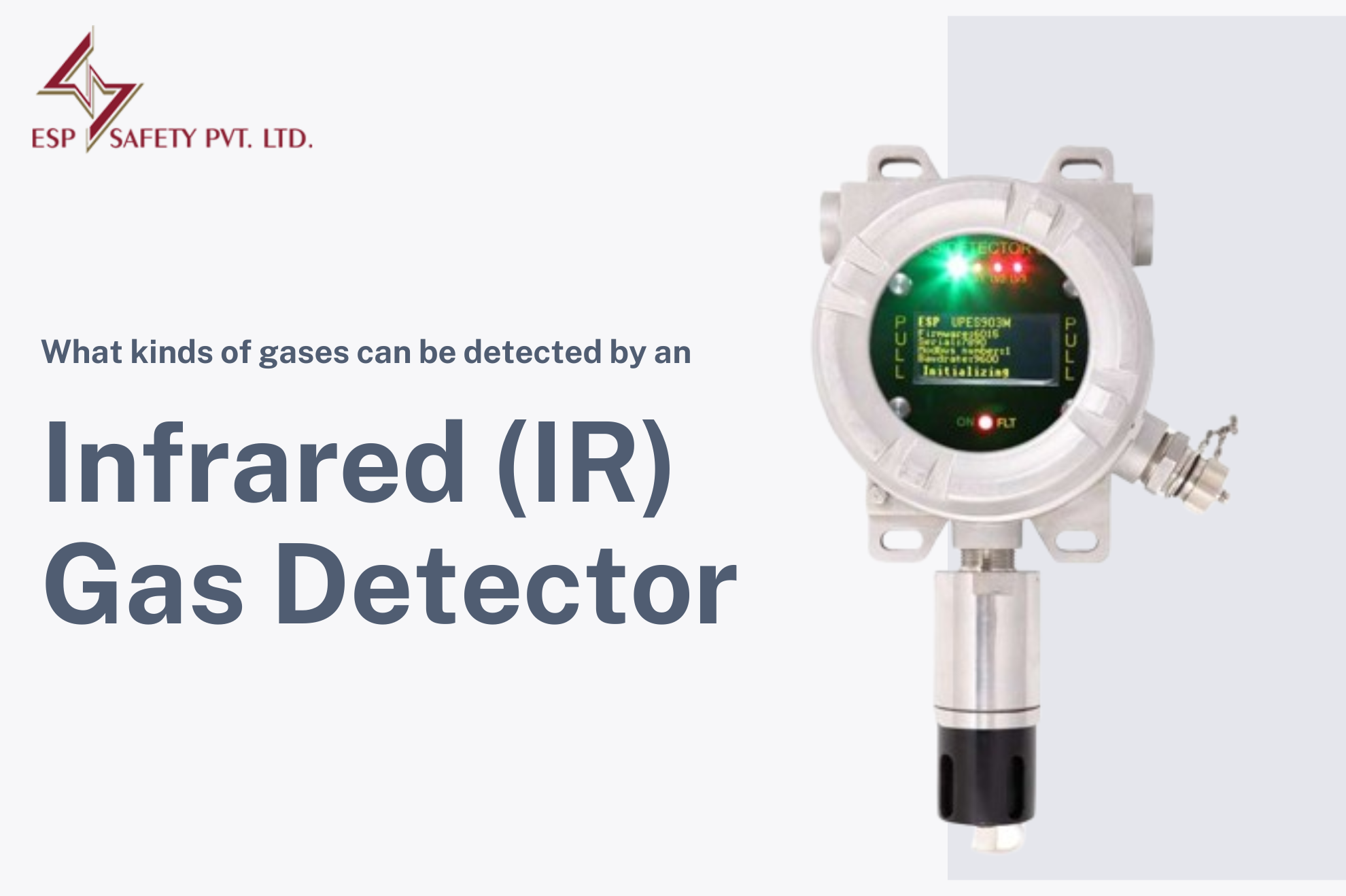
In an environment filled with gases, an infrared (IR) detector identifies and measures the concentration of these gases using infrared radiation. Gas molecules absorb specific wavelengths of infrared light. IR gas detector measures how much of the target gas absorbs infrared radiation. Each has its own distinct spectrum for absorbing infrared light, which lets it identify a particular gas as well as measure its amount. IR gas detectors play a vital role in finding explosive gases such as methane, thus preventing leaks or explosions that may be hazardous. Gasses detected by an infrared (IR) gas detector are hydrocarbons and carbon dioxide.
These sensors are for checking for hazardous gases like hydrocarbons so that they can provide safe working conditions that lead to the prevention of accidents at work. Monitoring agencies keep tabs on greenhouse gas emissions, such as carbon dioxide and methane, to ensure compliance with environmental regulations. In mines, IR gas detectors detect dangerous gases, like methane, to prevent explosions and ensure the safety of miners. Factories use these sensors to monitor for signs of leaks or spills regarding certain gases, which ensures product quality and worker safety, in addition to being responsible for their workers’ health at all times.
How do IR gas detectors work?
Infrared gas detectors work on the basic principle of infrared absorption. An infrared source illuminates the gas volume that has entered the measurement chamber, resulting in the detector’s operation. The gas absorbs some infrared wavelengths of the light as it passes through, while others pass through unchanged.
The amount of absorption can determine the concentration of the gas. A set of optical detectors and appropriate electronic systems measures it. We compare the intensity change of the absorbed light to that of the non-absorbed wavelength. A microprocessor evaluates its value and eventually gives the result in terms of concentration.
The signals from the reference signal detector and measurement signal detector balance when there is no gas present. During gas presence, especially if it progressively crosses over from low to high levels towards flammable ranges. These units identify the outputting of progressions for their detection.
Types of gases detected by IR gas detector
There is a wide range of gases that can be detected by an infrared (IR) gas detector, mainly those that absorb infrared light at certain wavelengths. Here is a list of some common types:
Hydrocarbons: Methane is frequently employed in the oil and gas industry to detect leaks and prevent explosions from taking place. In the petrochemical industry and for domestic heating, we mostly use propane. Butane is a lighter gas and has various applications.
Carbon Compounds: Carbon dioxide can be found in different areas, such as environmental monitoring, HVAC systems, and industrial processes. Carbon monoxide gas is dangerous when it comes to the safety of human beings’ lives.
Advantages of Using IR Gas Detectors
Infrared gas sensors have several advantages, to wit:
Conclusion
Safety is a priority for every human being. An infrared gas detector is an essential safety device for people working in gaseous industries. Deciding and implanting an infrared gas detector is also important. The capacity of gases detected by an infrared (IR) gas detector should be taken into consideration while buying. ESP Safety is a company that comprises various professionals, such as experts, who have expertise in creating and producing fixed toxic and combustible gas detectors along with flame detectors. We provide you with one of the best-infrared gas detectors.
We manufacture equipment and integrated systems for industrial safety & fire prevention. Our team of professionals ensures full customer satisfaction at every stage, including design, installation, and commissioning. And even ongoing field support and service. The highly dependable sensors & detectors, combined with significant ongoing field support & customer service.